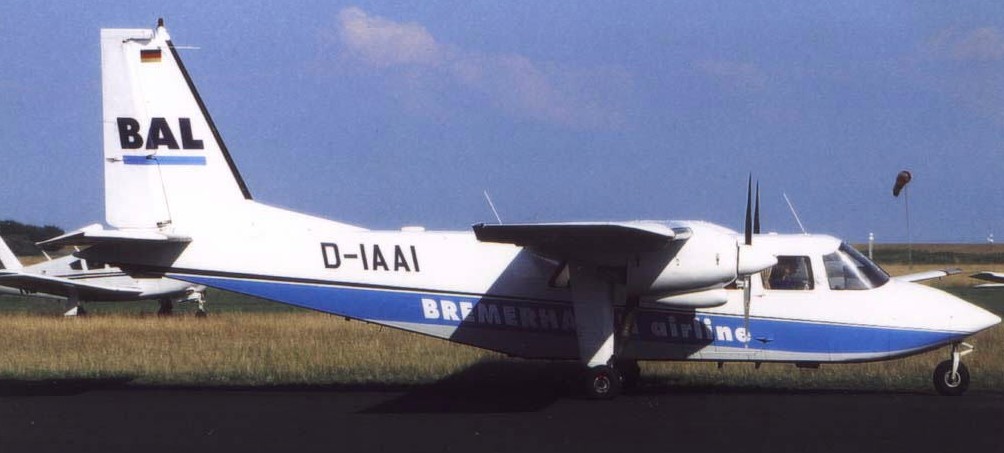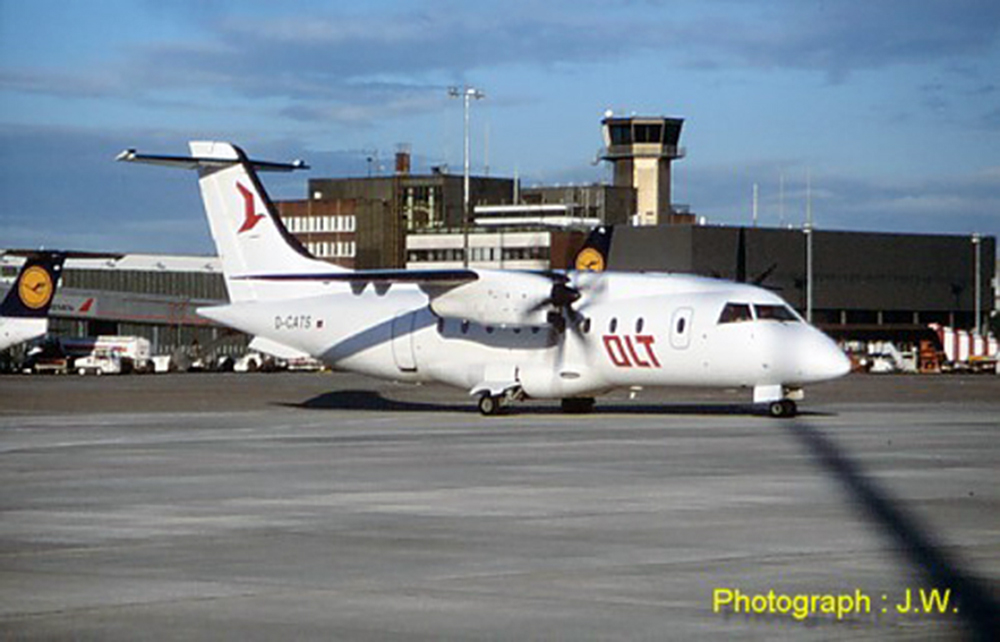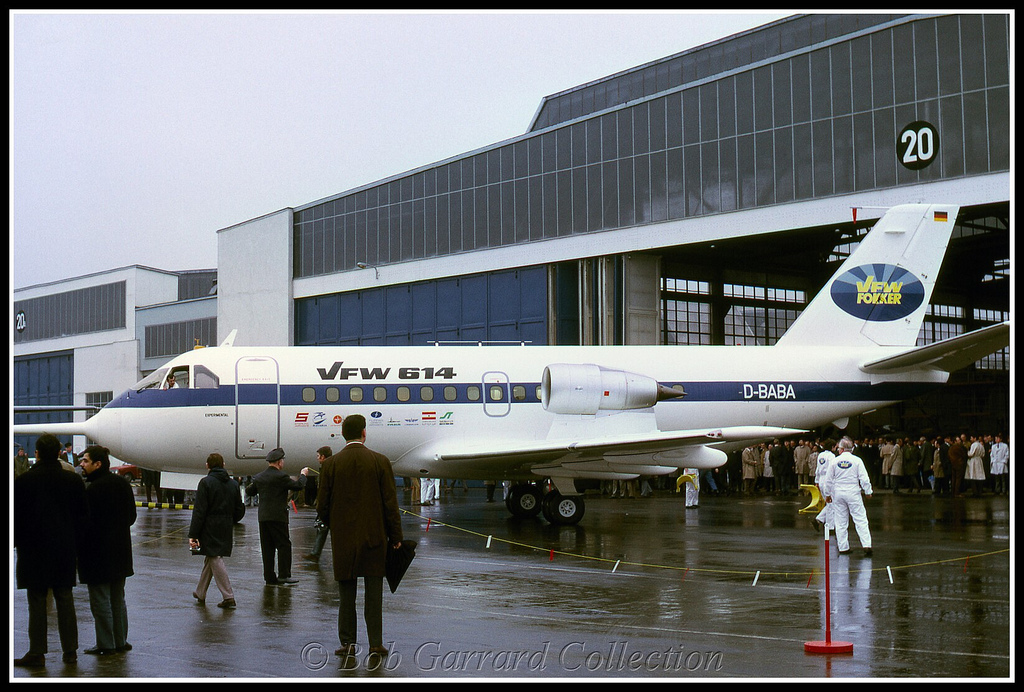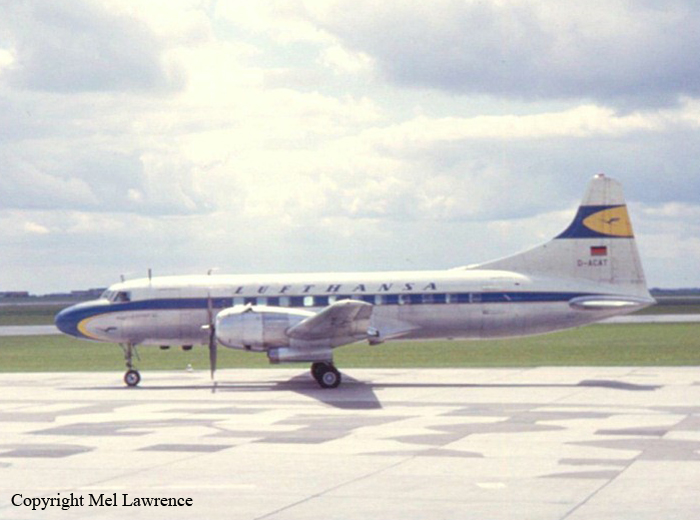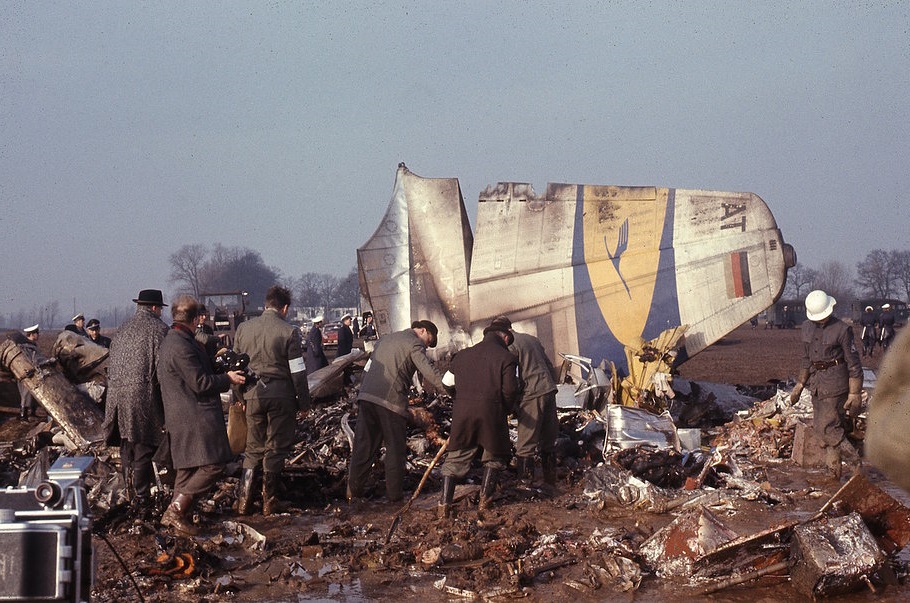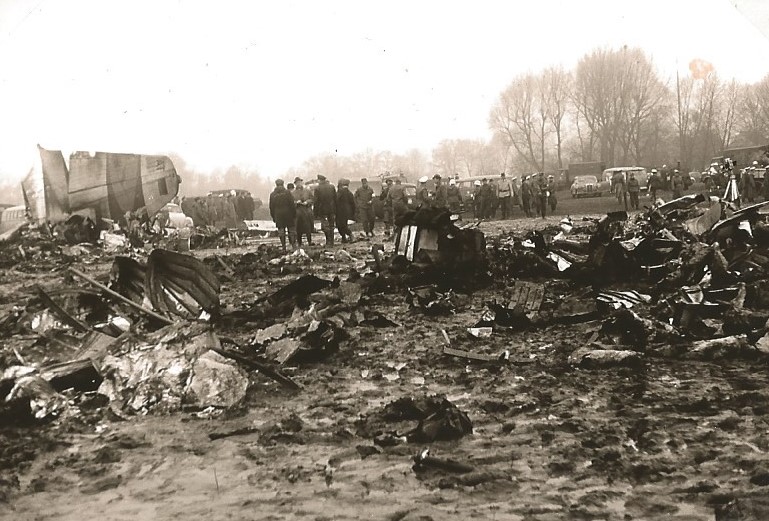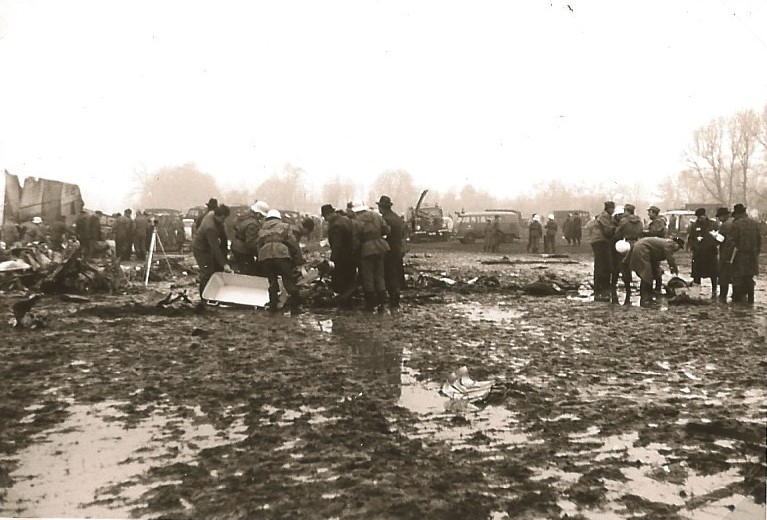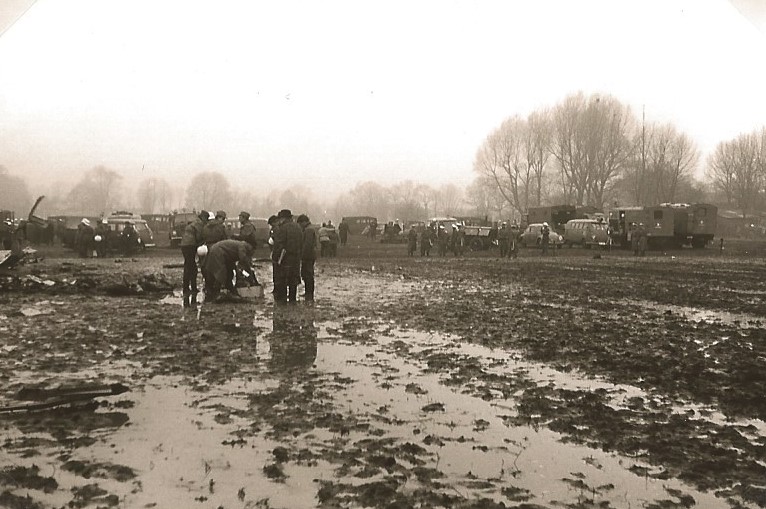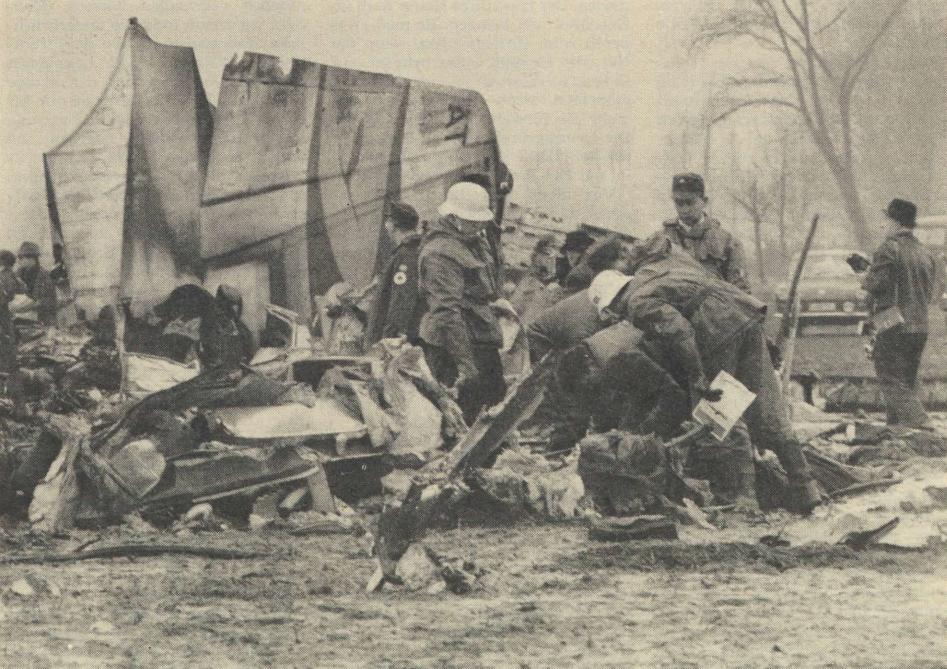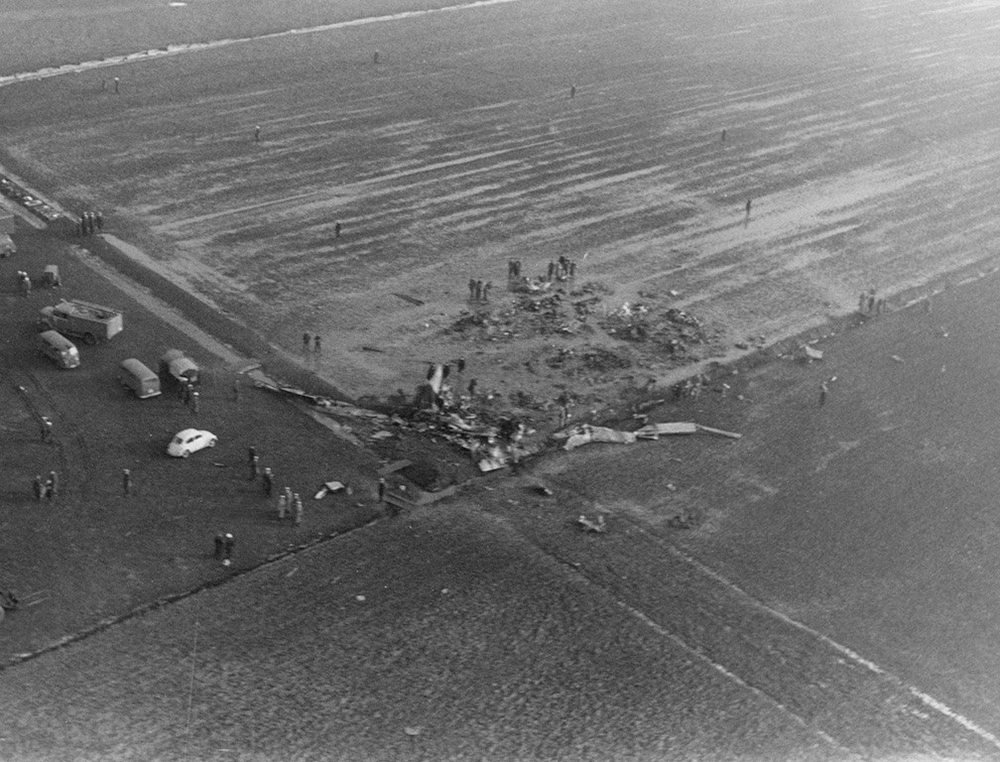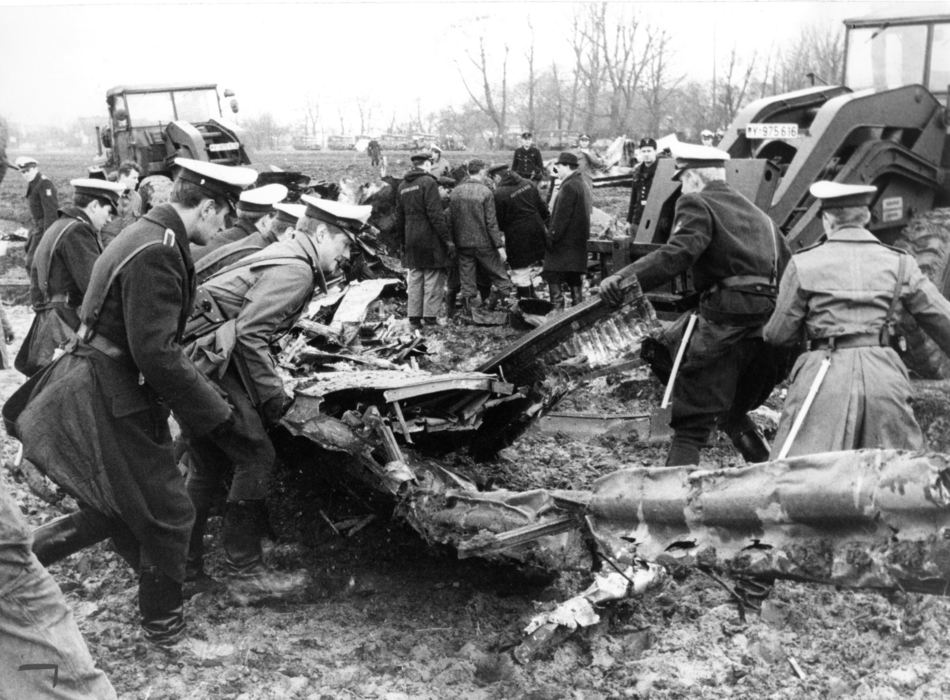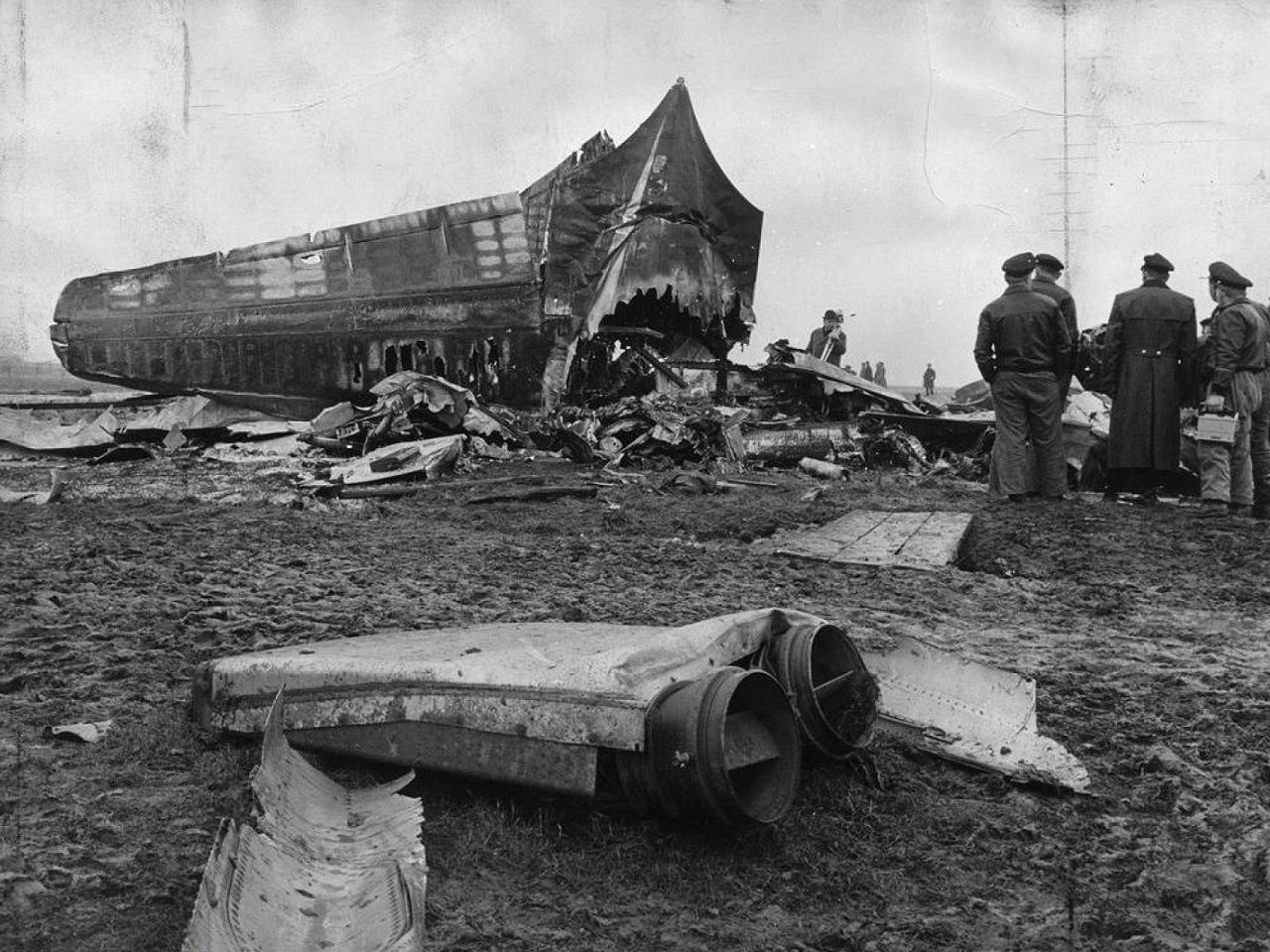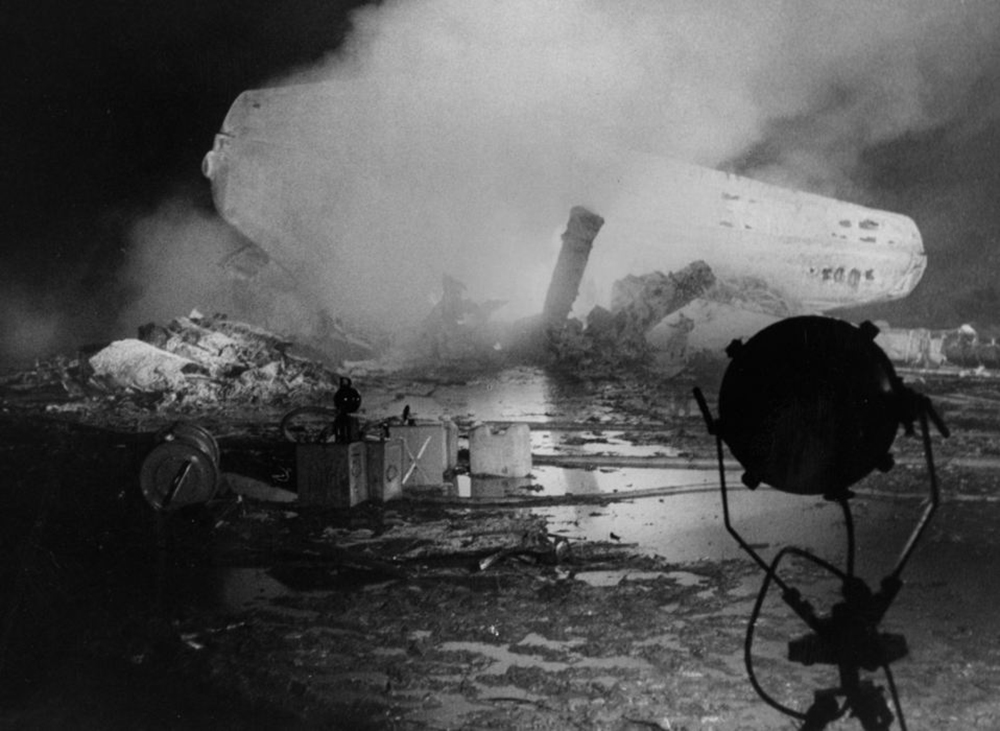Crash of a Britten-Norman BN-2B-26 Islander in Bremerhaven: 8 killed
Date & Time:
Dec 26, 2001 at 1013 LT
Registration:
D-IAAI
Survivors:
Yes
Schedule:
Bremerhaven - Wangerooge
MSN:
2167
YOM:
1985
Crew on board:
1
Crew fatalities:
Pax on board:
8
Pax fatalities:
Other fatalities:
Total fatalities:
8
Circumstances:
The departure from Bremerhaven to the Wangerooge Island was delayed for 30 minutes due to snow showers over the airport. Prior to departure, the pilot manually removed snow from the windshield, leading edge and wings. After takeoff from runway 34, the twin engine aircraft climbed slowly to a height of about 195 feet then stalled and crashed in the Weser River. The crew of a ferry was quickly on the scene to rescue a passenger while eight other occupants were killed.
Probable cause:
It was determined that the snow over the wings was not properly removed prior to takeoff, causing a loss of lift and disturbing the airflow. There were no defined procedures about deicing in the Standard Operating Procedures (SOP) manual of the operator.
